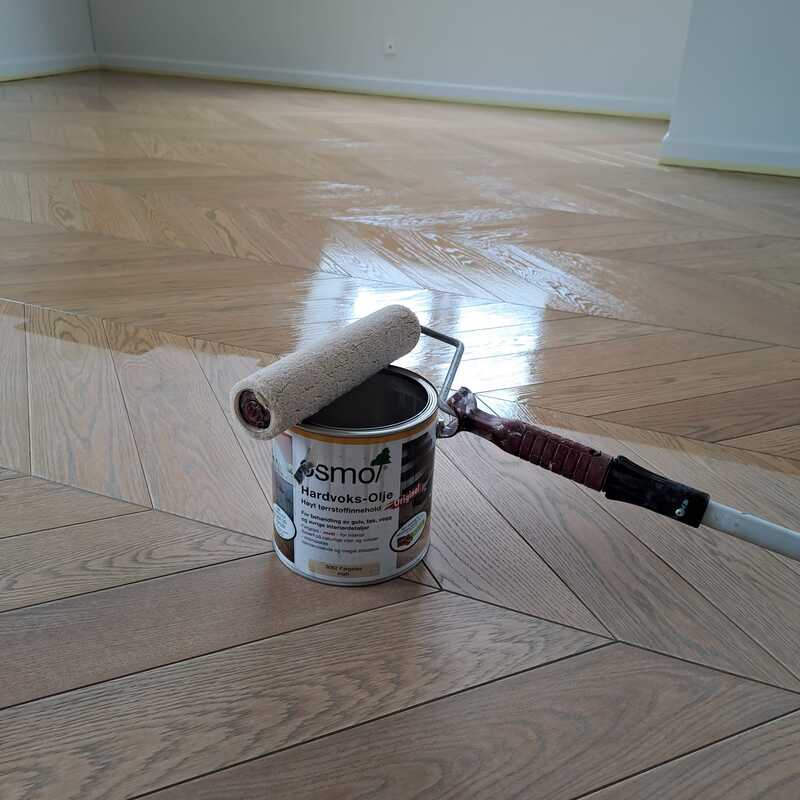|
Oiling wood floors is an art that marries tradition with modern necessity, ensuring the longevity, beauty, and resilience of one of the most cherished elements in any space. Wood floors bring warmth, character, and a slice of nature's serenity into our homes and workplaces. However, to maintain their allure and integrity, a proper maintenance routine, including regular oiling, is paramount. This article delves into the nuances of how often to oil wood floors, the selection of oils, and the application techniques that promise to keep your floors splendid through the years. Understanding the Need for Oiling Wood Floors Wood, being a natural and porous material, requires periodic nourishment and protection to prevent it from drying out, cracking, or becoming susceptible to damage from spills and wear. Oiling penetrates deep into the wood, replenishing its natural oils, enhancing its grain and color, and providing a protective layer that makes it more resilient against moisture and daily use. Determining the Frequency of Oiling The frequency of oiling wood floors is influenced by several factors, including the type of wood, the finish, the level of foot traffic, and the specific conditions of the environment (such as humidity levels). Here are general guidelines: Initial Treatment: Newly installed or freshly sanded wood floors should receive two to three coats of oil initially, allowing sufficient drying time between applications. Regular Maintenance: For residential spaces with moderate foot traffic, oiling once every one to two years is typically adequate. High-traffic areas like commercial spaces or homes with pets and children might require more frequent attention, potentially every six to twelve months. Spot Maintenance: Areas that show signs of wear or dryness can be spot-treated as needed, without waiting for the full floor to be oiled. Choosing the Right Oil The market offers a plethora of options, from natural oils like linseed and tung oil to hardwax oils that combine natural oils and waxes for added durability. The choice depends on the desired finish, the specific characteristics of the wood, and personal preference regarding maintenance and environmental impact. Natural Oils: Provide a deep, rich finish that enhances the wood's natural beauty but may require more frequent reapplication. Hardwax Oils: Offer a balance between the natural look and a more durable finish, suitable for areas with higher foot traffic. Application Techniques for Optimal Results Applying oil to wood floors is a meticulous process that, when done correctly, yields stunning results. Here's a condensed guide: Preparation: Ensure the floor is clean, dry, and free of any previous finishes or contaminants. Sanding might be necessary for older floors to remove the old finish and smooth out imperfections. Application: Using a brush, roller, or cloth, apply the oil in thin, even coats. Work in manageable sections and maintain a wet edge to avoid overlap marks. Follow the grain of the wood for a seamless finish. Drying and Curing: Allow sufficient drying time between coats, as recommended by the oil manufacturer. The floor should be left undisturbed during this period. Full curing can take up to several days, during which the floor should be treated gently. Maintenance: Regular cleaning with suitable products and prompt attention to spills and stains will prolong the intervals between oiling and preserve the floor's beauty. The Art of Living with Oiled Wood Floors
Oiled wood floors embody a lifestyle choice that values natural beauty, craftsmanship, and sustainability. By adhering to a thoughtful maintenance regimen, you ensure that your floors remain a living testament to these values, aging gracefully and growing more beautiful with time. Remember, the frequency of oiling is not just about preserving the wood; it's about enriching your living space with a floor that tells a story of care, respect, and love for the natural world.
0 Comments
Your comment will be posted after it is approved.
Leave a Reply. |
|
- Home
-
Products
- Engineered Wood Flooring >
- Solid Wood Flooring
- Chevron Parquet
- Herringbone Parquet
- Wide Plank Wood Flooring
- Live Edge Wood Flooring
- Ash Wood Flooring
- Douglas Fir Wood Flooring
- Walnut Wood Flooring
- Versailles Parquet
- Design Parquet Panels
- Mansion Weave Parquet
- Reclaimed Oak Wood Flooring
- Wood Cladding
- Charred Wood
- Wood For Stairs
- Unfinished Wood Flooring >
- Acoustic Wall Panels
- Architectural Details
- Bespoke Wood Flooring
- Services
- Information
- BLOG
- Gallery
- Contact
- Trade Program
About Hoff ParquetHOFF PARQUET - hardwood flooring supplier based in Edinburgh. We are your go-to company for the best real wooden floors like Chevron Parquet and Herringbone Parquet, Engineered and Solid Wood Flooring for any residential or commercial project. Our dream is to create unique luxury hardwood elements including flooring, wood for wall cladding, wood for stairs and bespoke parquetry.
Hoff Parquet - think GREEN. We were inspired to create a greener and more environmentally friendly company and product inventory. Only the highest quality eco friendly materials used for our wood flooring products and during the installation process. Our custom-made flooring made by experienced craftsmen offers premium quality, trendy shapes and colours. In collaboration with interior designers and architects we create the flooring which becomes a truly unique interior detail. We hereby confirm that all our wood flooring products are made in the European Union. Furthermore, all our wood materials are backed with FSC (Forest Stewardship Council) and PEFC (Programme for the Endorsement of Forest Certification Schemes) manufacturers' certificates, ensuring that our products meet the highest standards of sustainability and environmental responsibility. We are always open for innovations, new contacts and we are constantly in search for new partners! |
|
© COPYRIGHT 2024 ALL RIGHTS RESERVED.



